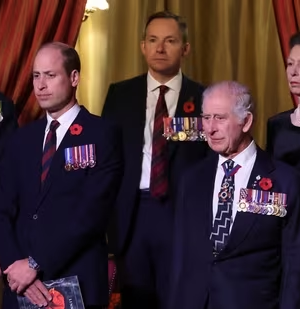In a notable development, King Charles III has recently surfaced for his first public appearance since the revelation of his cancer diagnosis. The 75-year-old monarch, who remains Britain’s reigning king and head of state, is currently undergoing outpatient treatment for an undisclosed form of cancer, as disclosed by royal authorities on Monday.

Despite undergoing medical treatment, King Charles III continues to fulfill his role as the reigning monarch, overseeing the affairs of the British state. This news has prompted interest in the order of succession to the British throne, a matter governed by established protocols.
Understanding the line of succession is crucial in navigating the potential impact of King Charles III’s health condition on the monarchy. As the eldest son of Queen Elizabeth II, Charles ascended to the throne after her passing, making him the current monarch. In the event of any unforeseen circumstances affecting King Charles III’s ability to carry out his duties, the throne’s order of succession comes into play.
Following King Charles III in the line of succession is his eldest son, Prince William, the Duke of Cambridge. Prince William’s role is significant not only due to his direct lineage but also because he is a future king-in-waiting.
The subsequent order of succession includes Prince William’s three children: Prince George, Princess Charlotte, and Prince Louis. Each member of the royal family in this line of succession has a designated role in case they are called upon to assume the responsibilities of the monarch.
While King Charles III undergoes cancer treatment, the established order of succession provides stability and continuity for the British monarchy. The specifics of his diagnosis may remain undisclosed, but the institutional framework ensures a smooth transition of responsibilities if necessary, emphasizing the importance of maintaining the monarchy’s operational integrity during challenging times.










